
Heading ranks
Headings communicate the organisation of content on a page. Web browsers, plug-ins, and assistive technologies can use them to provide in-page navigation and to understand the relative importance of the information.
Posts and guides about accessibility.

Headings communicate the organisation of content on a page. Web browsers, plug-ins, and assistive technologies can use them to provide in-page navigation and to understand the relative importance of the information.
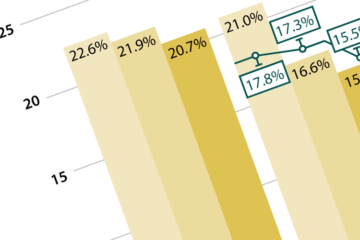
Charts and graphs are a great way to present complex information in a visual format that can make them easier to understand, but care must be taken to keep this information accessible for everyone.
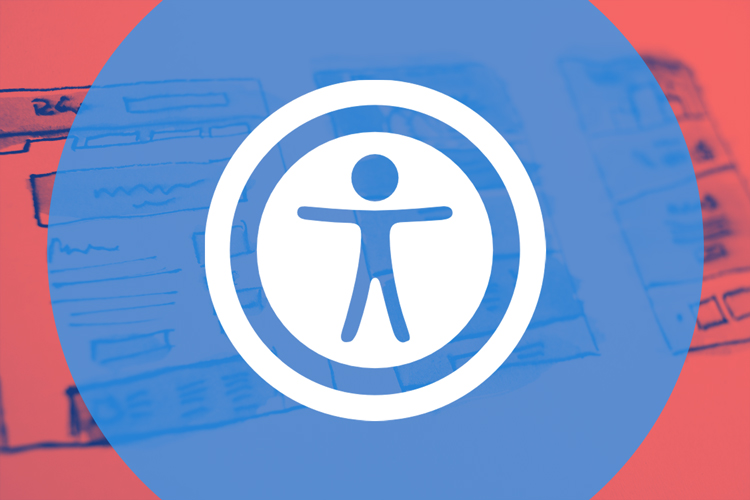
Inclusive design is not just for websites. Although not a requirement of WCAG 2.1 compliance standards, inclusive design must also be built into our social media channels. This allows everyone to have equal…
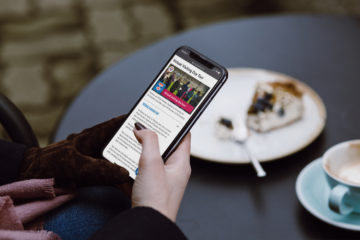
Recent updates to the digital pattern library include improved support and guidance for making embedded videos and audio more accessible.
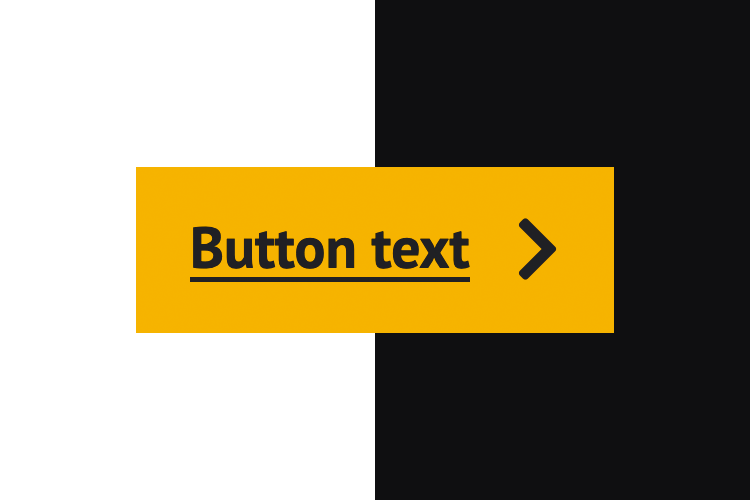
Keyboard accessibility is one of the most important aspects of web accessibility. The latest release of the digital pattern library (DPL) includes improved support for users who rely on a keyboard to browse our web…
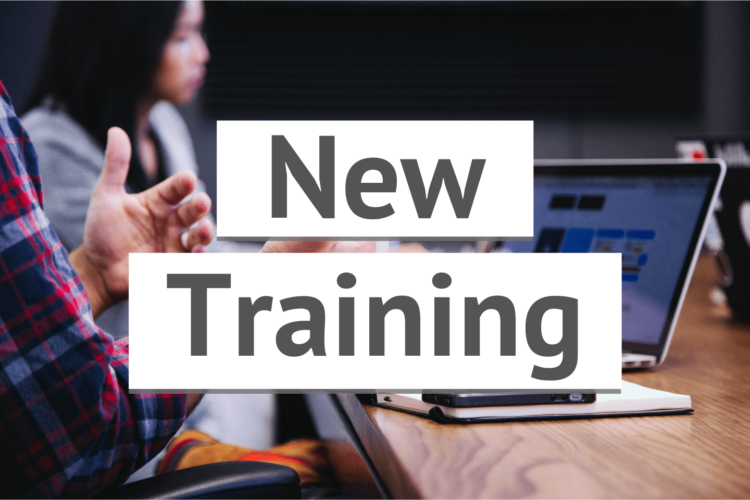
We have launched a new course as part of our digital visa training programme: Accessibility for the Web. This new session is a compulsory course for digital visa participants.
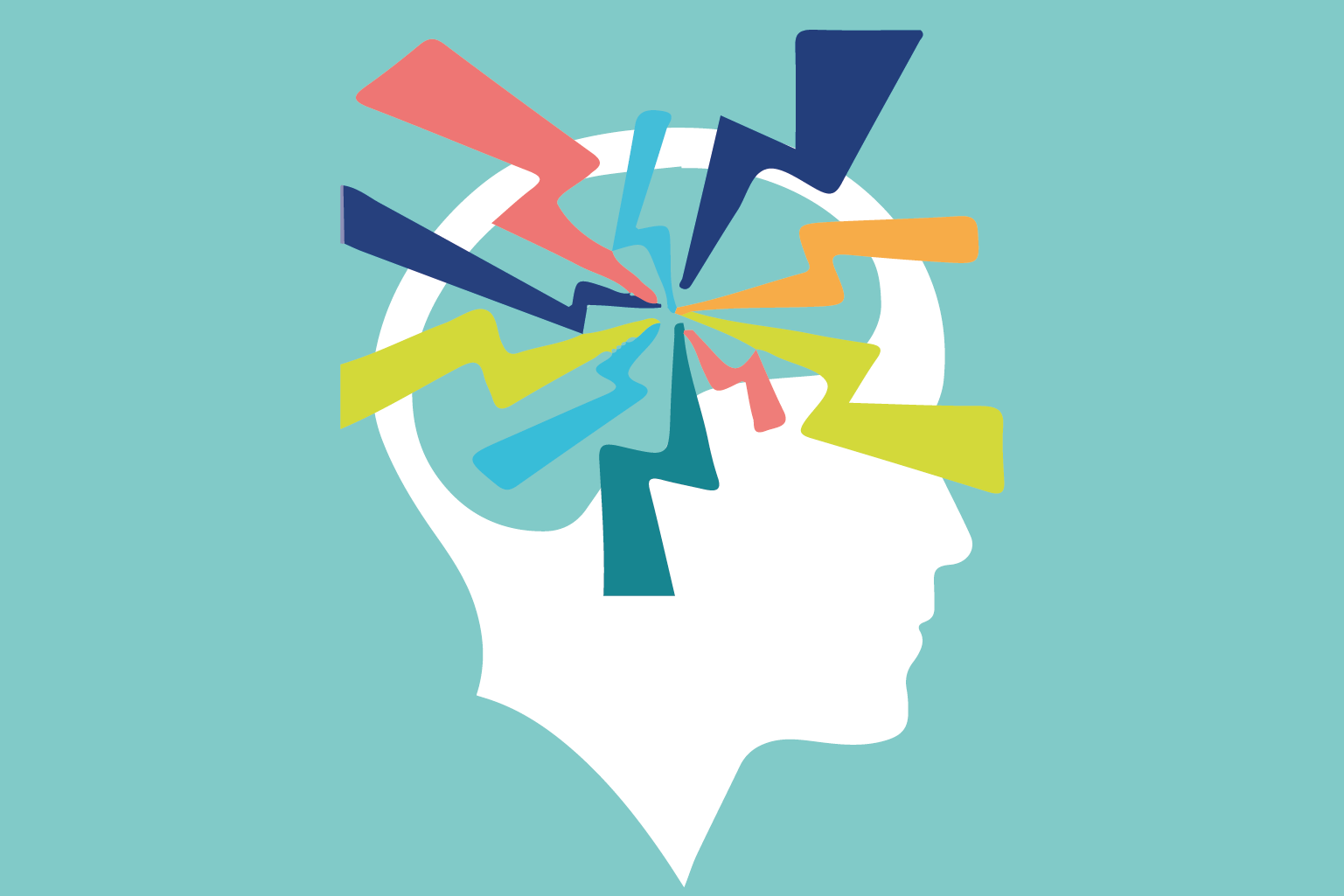
This guidance is for web and digital professionals who want to make sure that their service is optimised for users who have anxiety or panic disorders.
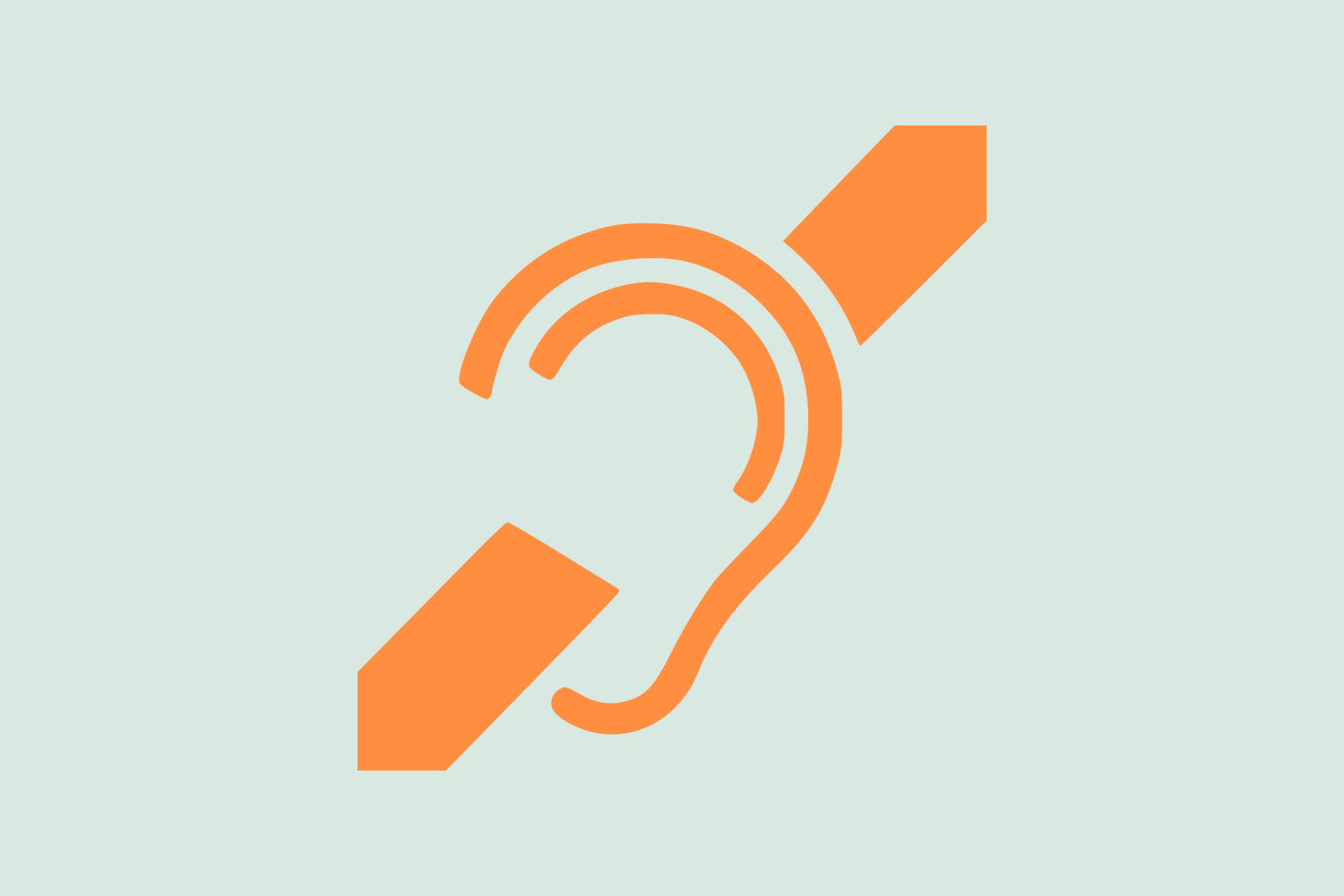
This guidance is for web and digital professionals who want to make sure that their service is optimised for users who are deaf or hard of hearing.
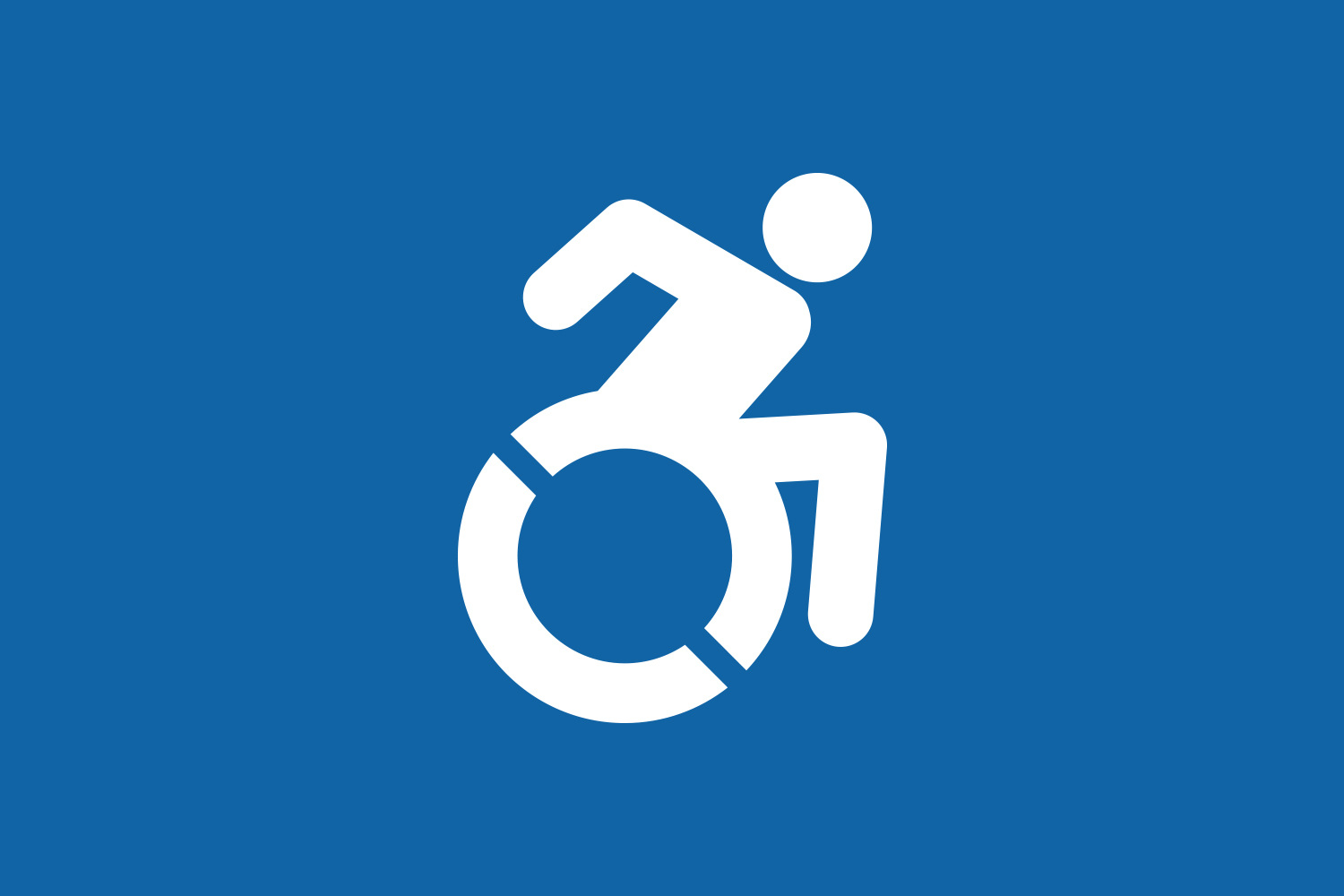
This guidance is for web and digital professionals who want to make sure that their service is optimised for users with physical or motor disabilities.
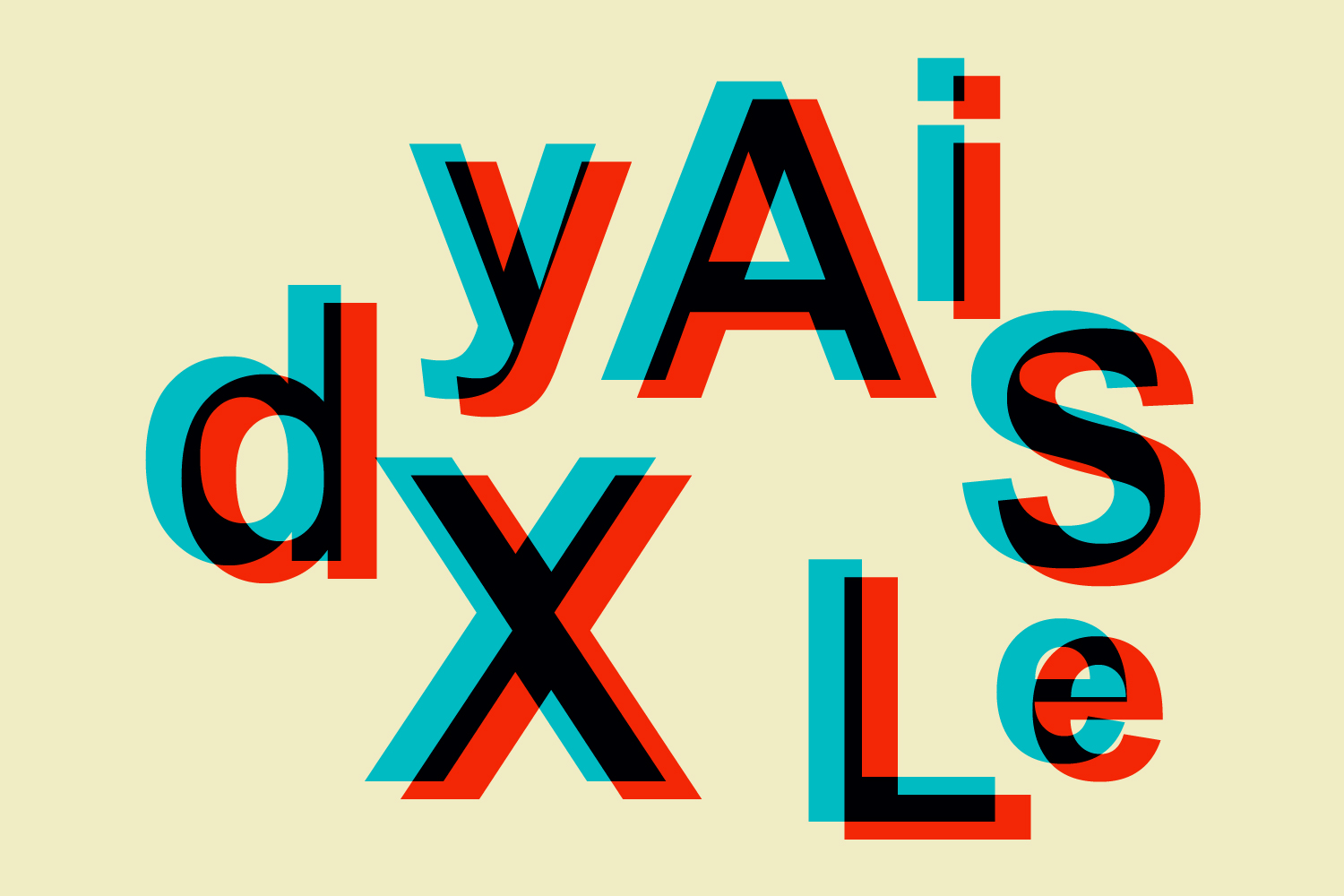
This guidance is for web and digital professionals who want to make sure that their service is optimised for users with dyslexia.